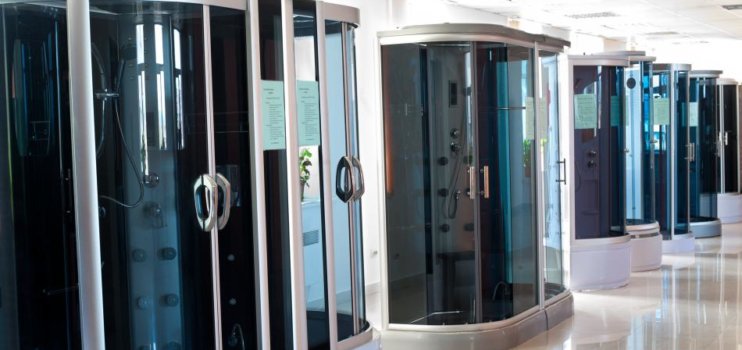The business case for investment.
The question “what is the need?”, has been front of mind while recently reading articles and reports concerning new technologies and their possible effects on business in general and supply chains in particular. All the articles seemed to assume that justifying the expenditure on new technologies is not a problem.
However, buying technologies (new or old) requires a business case prior to spending money. Amongst all the justifications and cost-benefit calculations, there must be a figure of expected expenditure and (hopefully) the return on investment. The expectations and figures can be ‘fudged’, but also realism can be injected. For example, a rule to use in an IT hardware and applications business case is ‘triple the expected costs and halve the expected returns’, then see how the project looks!
Before the business case comes the need. What is the challenge or problem that needs to be overcome and why? And will the solutions on offer meet that need? All businesses have challenges, but a technology solution (especially new technology) is not always required. The blog Supply Chain investments – in technologies or people discusses some of the challenges for supply chain professionals between investing in people or technology.
Challenges for a business
The dilemma between investing in people and technology was highlighted in a recent article concerning poor customer experience in a retail chain. The journalist had purchased bathroom supplies from a mid-size specialist retailer, that has many retail outlets. The customer’s experience included:
- The retailer sold products that were later found to be unobtainable from the manufacturer or importer
- The retail sales person made a verbal promise of delivery by a specific date. After the goods were paid for, the retailer failed to keep their promise
- Delivery of goods from the company’s warehouse took a lot longer than promised to arrive at the retail outlet (a distance of about 900 km). Common items ordered on November 9 were not not delivered until November 23
- The customer had to telephone the retail outlet to enquire about delivery status. Typically, the staff member who answered the call stated that someone from the warehouse would call back in five minutes. Hours later there might be a return call, or no call at all
- When a telephone call was returned, it typically resulted in the delivery time being further extended
- When the orders finally arrived at the retail outlet, they typically had missing parts
These experiences indicate that the retailer has three potential problems in their Supply Network:
- Customer experience: The basic requirements for operating in this type of business are to compete on price, with a delivery service that is prompt and reliable. It appears the company fails with delivery. Compounding the error is the lack of training for all customer facing staff. This type of business also requires a website that clearly describes the product ranges on offer and is easy for consumers to navigate for comparison and ordering.
- Inventory management: Selling bathroom and kitchen fittings means there will be a long tail of items that must be available, but may not sell in high number. This is because customers may not order a suite of fittings if one required item is not available. Inventory items should be designated as available in store; available at the distribution centre; available at the manufacturer or importer, make to order and replacement parts. For each of the designations there is a lead time, which sales staff must be aware of to advise and set customer expectations.
- Inventory management has three elements – policy, planning and control
- Policy is the decisions by senior management concerning the total investment in inventory (finished goods and service parts) by the enterprise. This decision takes account of the associated customer service level objective, commitments made to suppliers and the associated liabilities (accounts payable) and the investment in supporting infrastructure (warehouses, trucks, information systems)
- Planning is understanding and responding to variability in the supply chains; that is changes in demands, inventory levels at the inbound (imported), internal (warehouse(s) and outbound (retail outlets), and at supplies
- Control is at the warehouse and retail outlets – location and SKU accuracy
- Inventory management has three elements – policy, planning and control
- Warehouse management: Layout, pick and pack processes, inventory control, staff employment (the proportion who are casual employees) and training and communication with suppliers and retail outlets
If these are the most likely problems, a current technology solution (e.g. ERP, automated storage and retrieval system (AS/RS), voice and light picking) will be unlikely to improve the business. For a similar situation in ten years time, it is unlikely that new technologies would make a substantial improvement. However, investment in processes, people and training is a current critical need; but that is harder to justify, as it identifies weaknesses in the company’s management capability.
When reviewing the challenges in your organisation’s supply chains, ask “what is the need'”. While you should be aware of the capabilities associated with technologies, the solution may not require them. Be careful of being sold the wrong solution.

